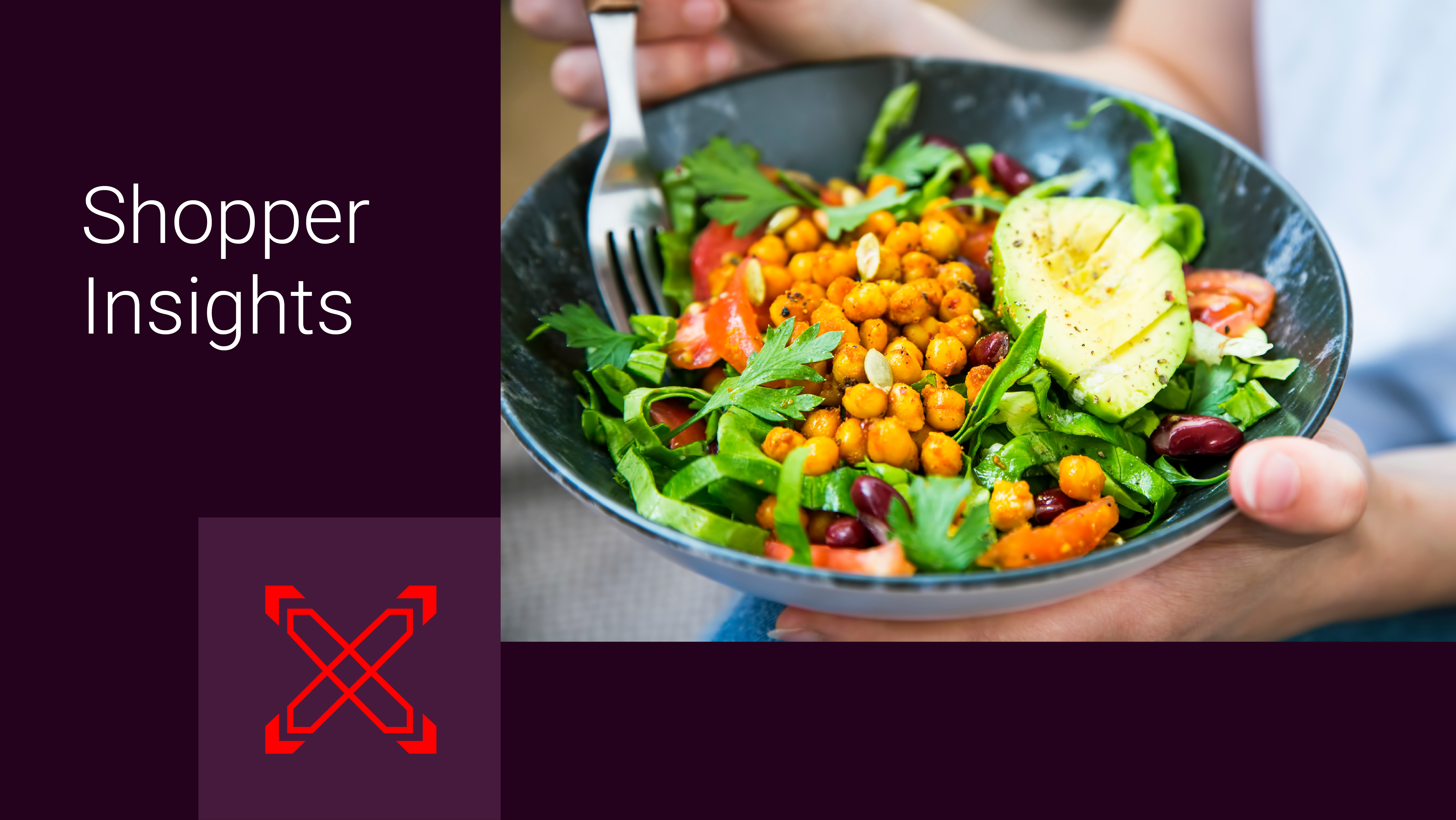For years, “living longer” was the wellness north star. But today’s consumers aren’t satisfied with simply adding years — they want those years to feel good. That shift from lifespan to healthspan is transforming natural CPG and reshaping what shoppers buy, how they buy it, and where they expect to find it.
At Impact Natural, we see this change playing out every day in natural retail. It’s not about fads or quick fixes. It’s about proactive, science-backed choices that help people live better, not just longer.
A daily mindset, not a fad
According to McKinsey, the global wellness market has soared to $2 trillion, fueled by younger generations who treat wellness as a lifestyle, not an occasional reset. They want products that slot naturally into their routines, whether that’s a functional snack, a supplement, or a beverage that comes with benefits.
What does that mean for brands? It means short-term diet trends don’t carry the weight they once did. Shoppers want tools for long-term performance: energy to fuel a workout, focus for a productive workday, restorative sleep to repair the body and mind.
Six categories driving growth
McKinsey highlights six categories where demand is climbing:
- Functional Nutrition
- Beauty & Aesthetics
- Longevity & Healthy Aging
- In-Person Wellness Experiences
- Weight Management
- Mental Health & Mindfulness
Each offers white space for brands that can innovate with credibility. For example, weight management is being reshaped by consumers using GLP-1 medications, many of whom are looking for nutrient-dense products to complement those regimens.
Functional ingredients to watch
Five ingredients are seeing strong traction, each backed by science and market demand:
- Magnesium — for stress relief and sleep (SPINS)
- Berberine — for blood sugar control (Market Research Biz)
- Creatine — for cognitive performance and muscle health (SPINS)
- Lion’s Mane — for brain health (Nutritional Outlook)
- Colostrum — for gut support and immunity (Mordor Intelligence)
What unites them is versatility. These ingredients appear not just in supplements, but across categories, from functional beverages to protein snacks and powders. That cross-aisle relevance makes them powerful building blocks for both established and emerging brands.
What the numbers say
Behind the buzz, consumer data confirms that wellness is more than a passing trend:
- 84% of U.S. consumers say wellness is a top priority.
- 54% report knowing which vitamins to take for their health goals.
- Claims tied to cellular health grew 135% in vitamins and supplements between Q1 and Q2 of 2024.
- The supplements market is projected to reach $139.9B by 2025.
These numbers aren’t abstract. They reflect the shoppers walking into natural retailers every day: informed, motivated, and willing to pay for products that make a difference.
Generational drivers
Wellness priorities don’t look the same across age groups. Each generation approaches healthspan with distinct motivations and habits:
- Gen Z & Millennials: Treat wellness as a lifestyle, appreciate personalization, and are willing to pay for quality and innovation. Social media and tech-driven products influence choices. Though they make up 36% of the U.S. adult population, they drive over 41% of wellness spending. Their priorities extend to sleep, appearance, and mindfulness, and they’re quick to adopt health apps and wearables.
- Gen X & Baby Boomers: Focus on health maintenance and aging well. Value proven ingredients and seek price-conscious solutions, with less pull from digital trends. Purchases lean toward essentials (vitamins, analgesics, and eye care) with less interest in newer or tech-based offerings. They value simplicity and efficacy as much as clean ingredients.
What it means for natural retail
Natural and organic shoppers already associate their purchases with long-term health benefits. The opportunity lies in making that connection even clearer. Helping shoppers understand that a higher-priced item delivers future savings in healthcare or quality of life reframes value in a way that resonates.
Natural retailers reinforce these expectations. For example, Sprouts reports 30% of sales from organic products alongside strong sustainability commitments. These values align with shopper expectations and reinforce why natural retail remains a trusted channel for wellness innovation.
Opportunities for brands
So, what should brands take from all this?
- Lead with benefits, not buzzwords. Don’t just name an ingredient, show what it does and why it matters.
- Design for discovery. Whether in-store or online, shoppers should be able to see at a glance how your product supports their goals. QR codes can extend the story to ingredient sourcing and usage guidance without cluttering the label.
- Price with purpose. Shoppers are willing to invest in wellness if you connect the dots between cost and long-term payoff.
- Think omnichannel. Consumers expect to find functional products everywhere: their local co-op, their Whole Foods aisle, and their digital carts.
- Back it up with science. With 54% of consumers saying they know their supplements, vague claims won’t cut it. Data and research matter.
- Align across SKUs. From packaging to claims, a unified approach reinforces trust and helps shoppers recognize your brand instantly.
The bottom line
As Scott Dicker of SPINS explained, active nutrition was once a market reserved for athletes and gym-goers. Today, it belongs to everyone, reflecting a shift toward wellness as a universal priority.
For brands competing in natural retail, the opportunity is here: align with this healthspan mindset, innovate with ingredients that matter, and tell your story with clarity and confidence.
At Impact Natural, our role is to help brands do exactly that, translating consumer insights into retail strategies that win shelf space, shopper loyalty, and lasting growth.
Let’s talk about positioning your products for the healthspan era.




